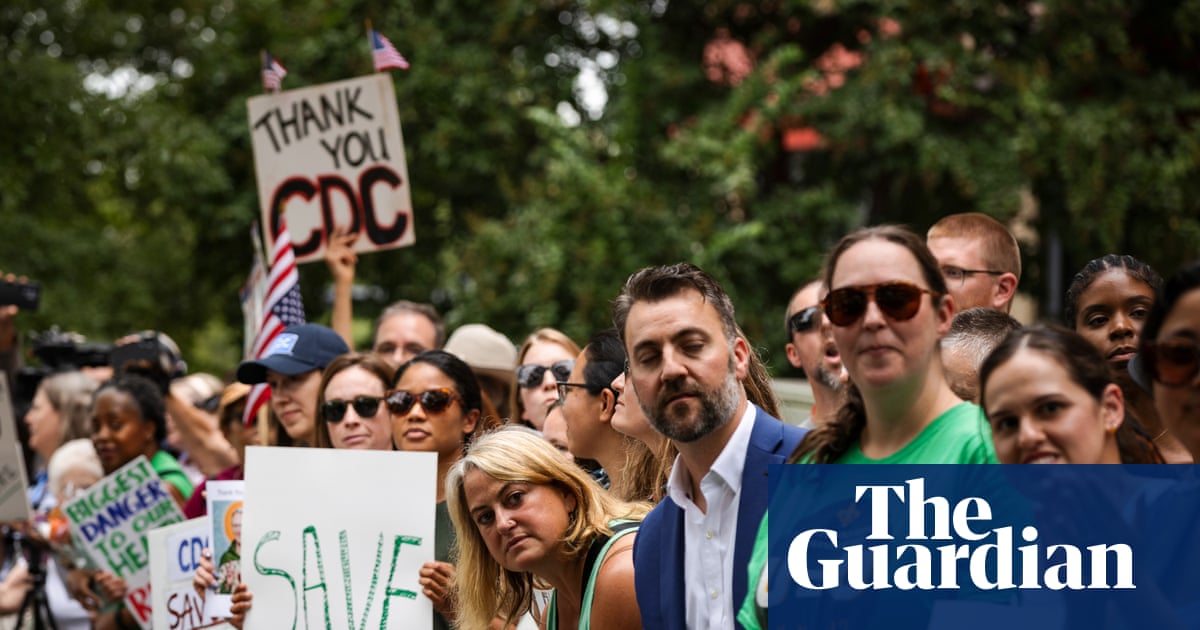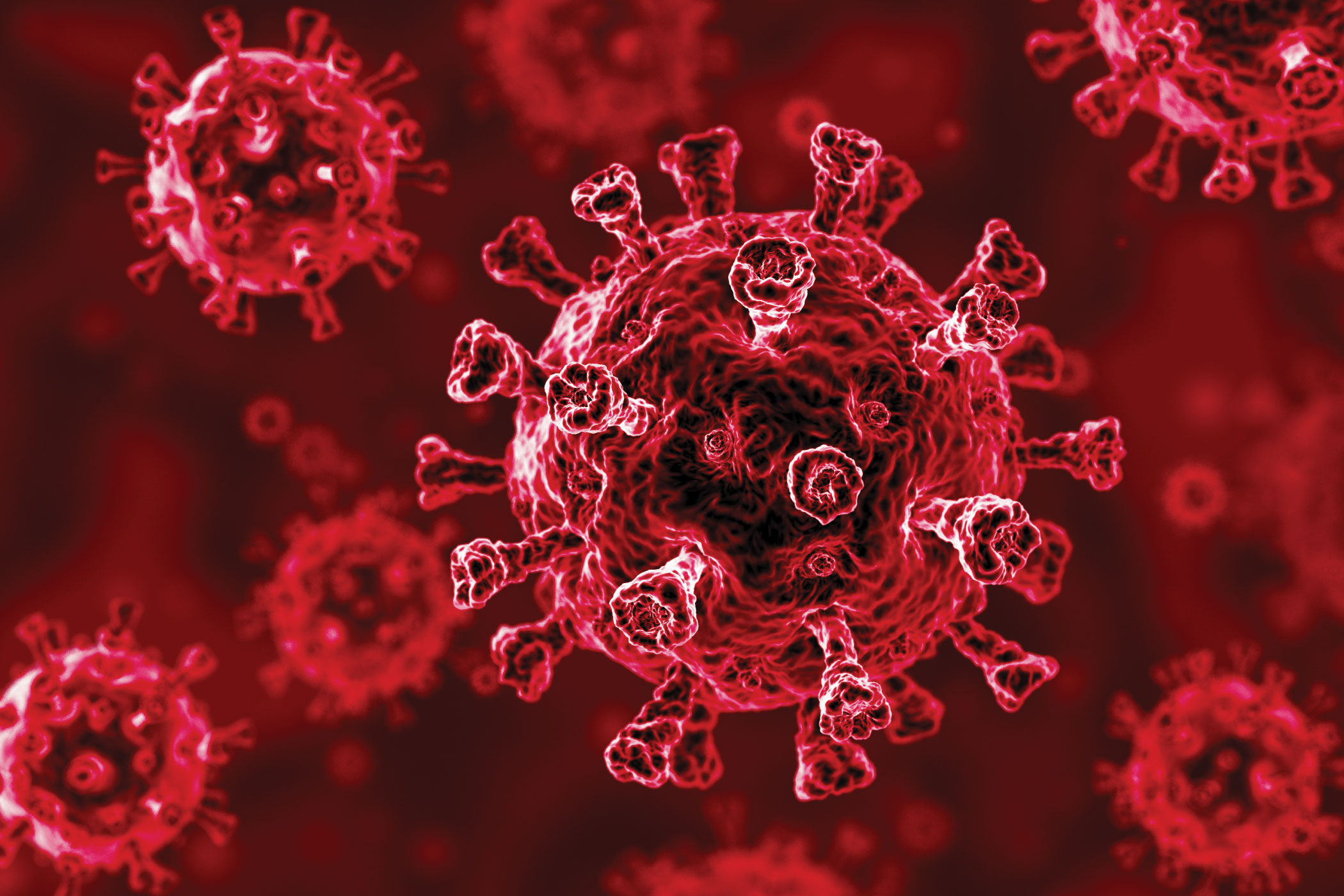As the COVID-19 lockdown in 2020 stretched on, scientists watched for all sorts of unintended effects, from social to economic to environmental.
But the experts who predict disease transmission wondered specifically whether infectious diseases other than COVID-19 would surge after the prolonged isolation of the population. Would social distancing cause us to have less immunity to common diseases? Would those diseases rebound with deadly consequences?
In a paper published in Science, the University of Georgia’s Tobias Brett and Pejman Rohani explored which infectious diseases were impacted by COVID-19 control measures and, of those, which rebounded. They found airborne diseases were most likely to rebound — but not as much as some feared. Surprisingly, the incidence of sexually transmitted diseases remained low, even long after pandemic-era behaviors changed.
“Early in the pandemic, there was some concern raised in the scientific community that lockdowns would disrupt the circulation of other diseases, such as influenza, and this would lead to what are called ‘gaps in immunity.’ So basically, because people aren’t getting infected, they aren’t developing immunity to the disease, and so then you’ve got this big buildup in the susceptible population,” said Brett, lead author of the study and a senior research associate in the Odum School of Ecology.
Analyzing nationwide disease data from 2019 to 2023, the researchers found an increase in cases of airborne diseases like influenza and pertussis after COVID. But fewer Americans got the flu during the pandemic and, while more people started to catch flu again when lockdowns lifted, it didn’t make up for the months when social distance kept flu from spreading. In other words, Americans caught less flu during the pandemic and the years after than would have been expected without a COVID-19 pandemic and the behavior changes that went with it.
“It means that the fears of a rebound were valid, but the rebound didn’t cancel out the deficit,” he said. “Obviously, there were negative consequences associated with the lockdowns, but in terms of other infectious diseases, the effect wasn’t negative and was, in fact, a net positive.”
Airborne diseases increased slightly, STIs dropped post-pandemic
Brett and Rohani looked at the number of reported cases of 26 different pathogens, clustering them into three groups related to how they are transmitted: airborne/aerosol transmitted diseases, sexually transmitted diseases and environmentally transmitted diseases, such as food poisoning or illnesses spread by ticks.
They found that whether other diseases surged after the pandemic depended largely on how the disease is transmitted. Airborne diseases, such as flu, surged more, while STIs were less affected.
Chlamydia and gonorrhea were on the rise leading into the pandemic, for example. But transmission of those diseases dropped in every state during COVID and stayed lower than expected long after the pandemic ended.

“Notifications of those sexually transmitted diseases flatlined, and we don’t know why,” Brett said. “Explanations could include improved treatment practices post-COVID or a greater investment in public health after the COVID pandemic. Another explanation could be changing behavior. It’s definitely a subject for further study.”
“More broadly, this study highlights the important unanticipated effects of public health measures targeted at one infectious disease for other diseases,” said Rohani, Regents’ Professor and UGA Athletic Association Professor in Ecology and Infectious Diseases. “This points to a need to think holistically about the community of infectious diseases.”
First Appeared on
Source link













